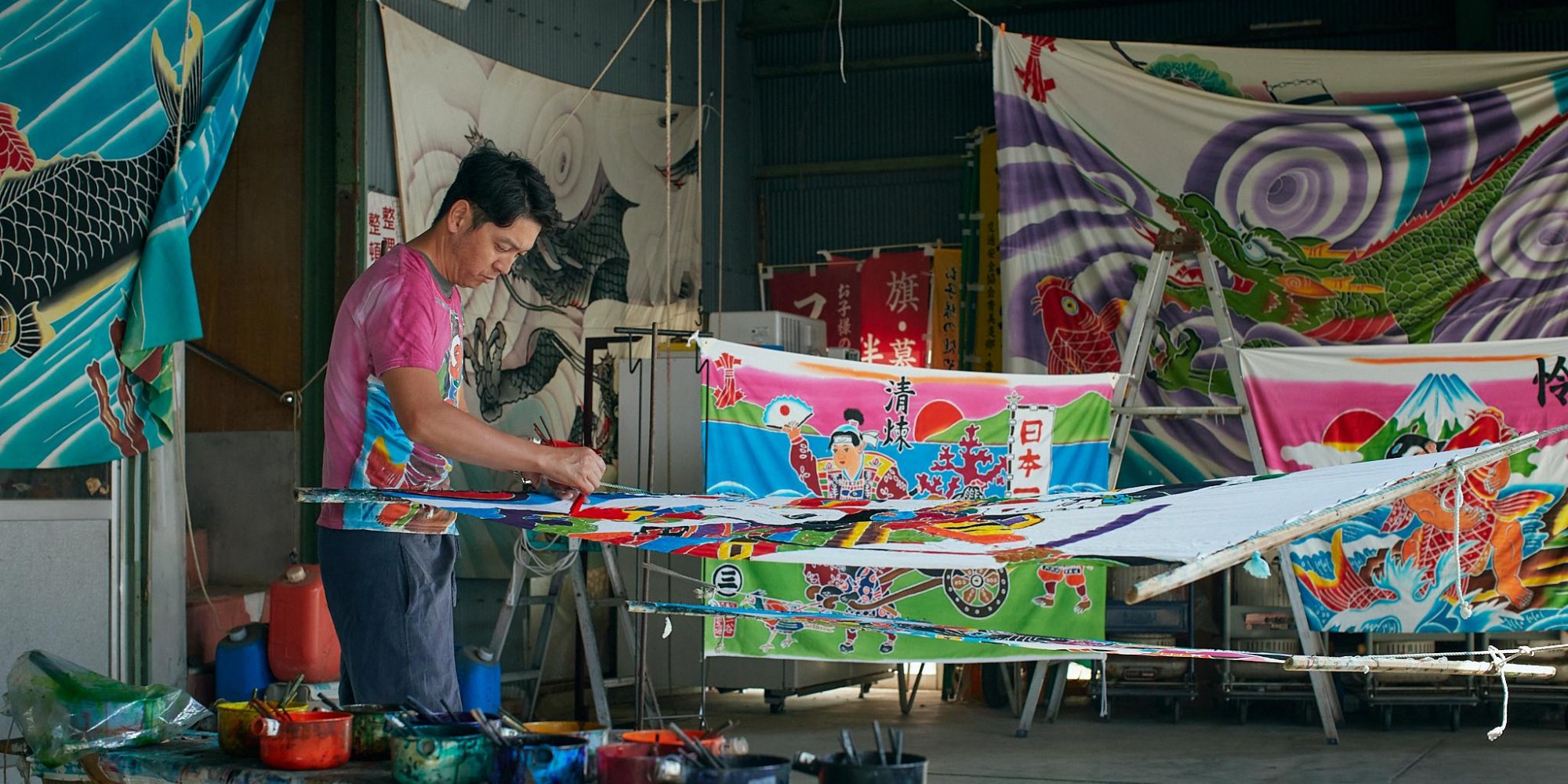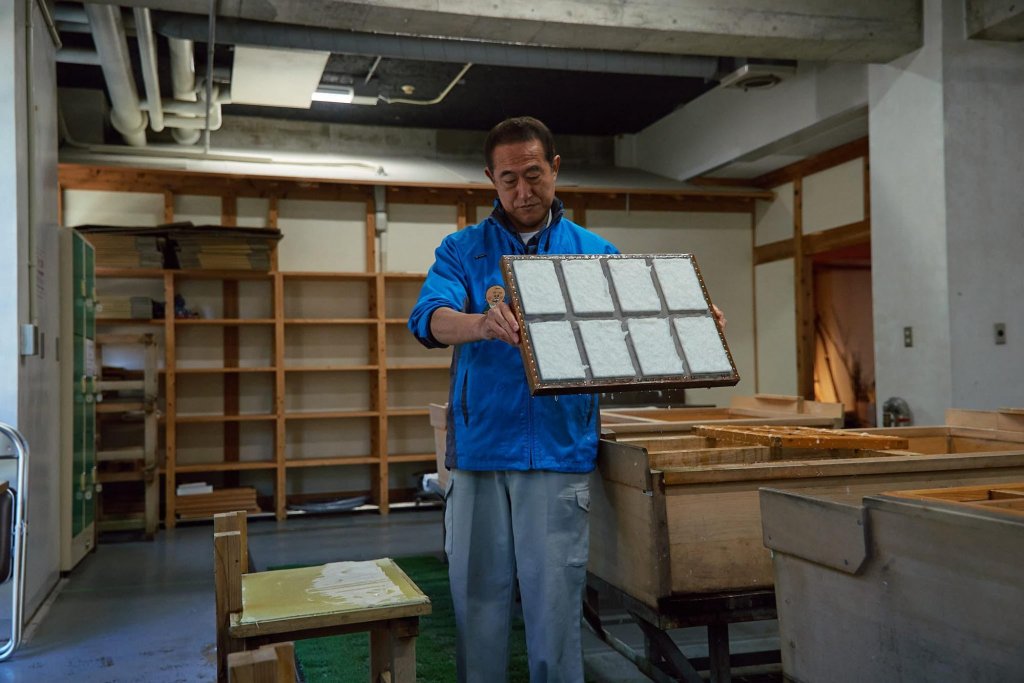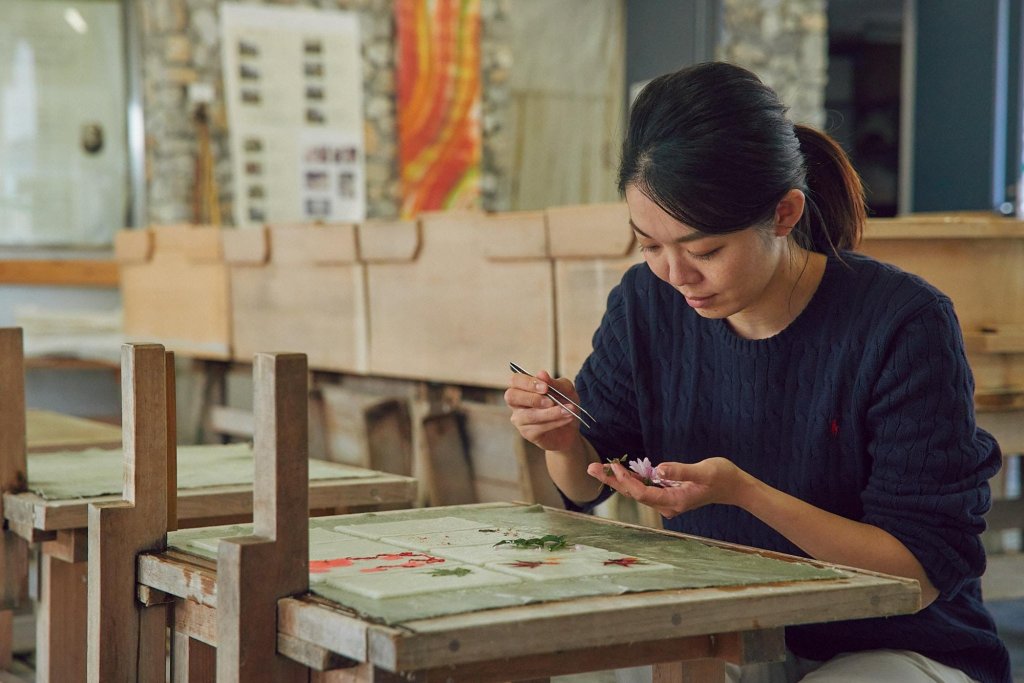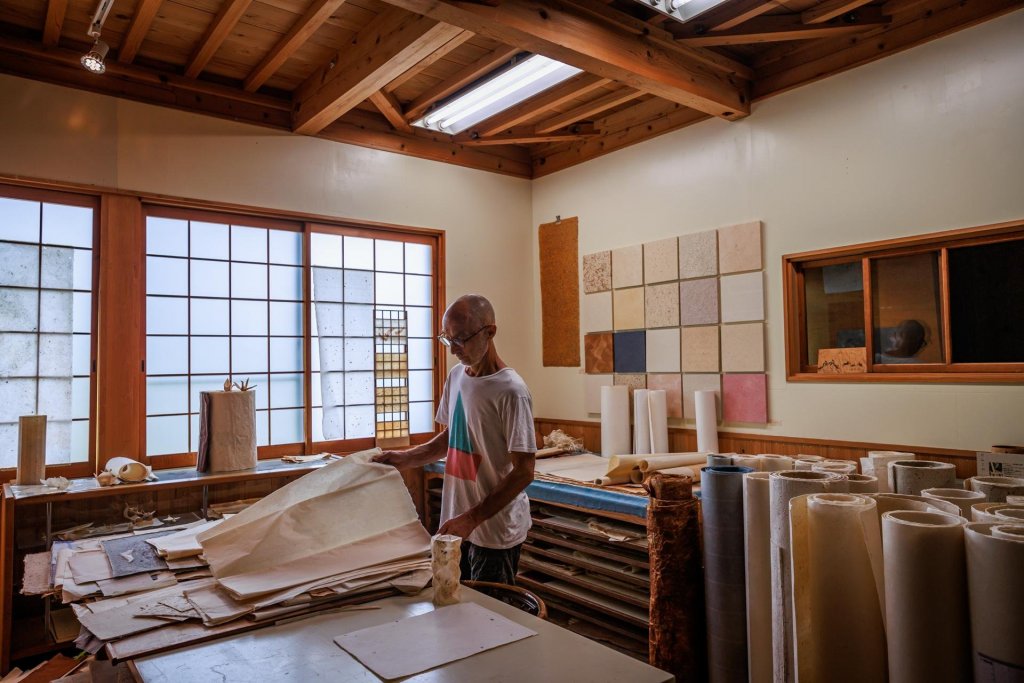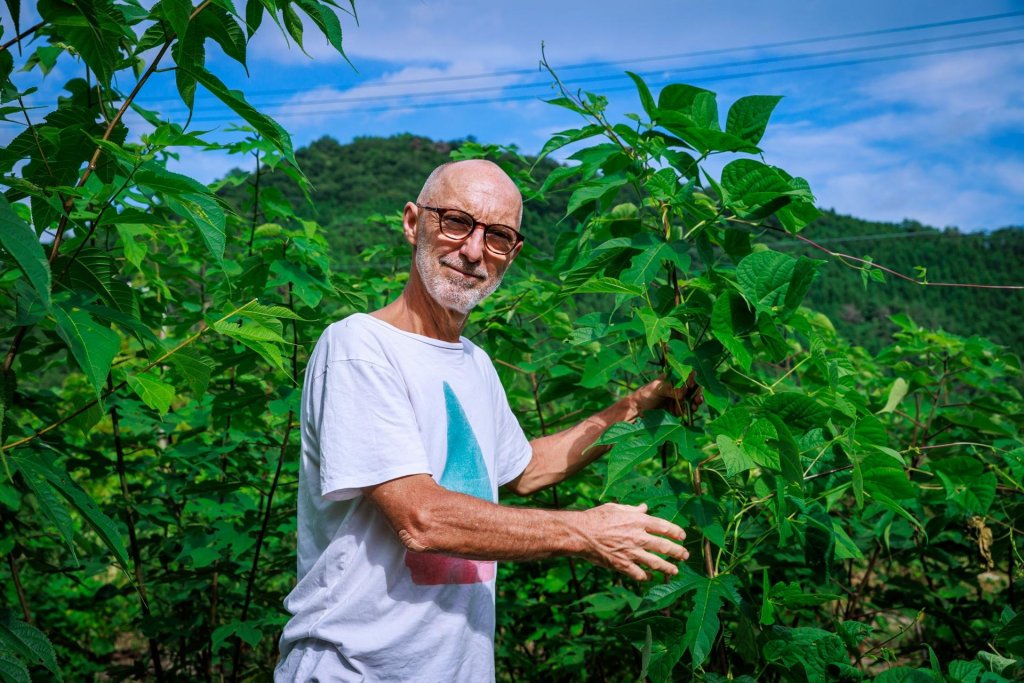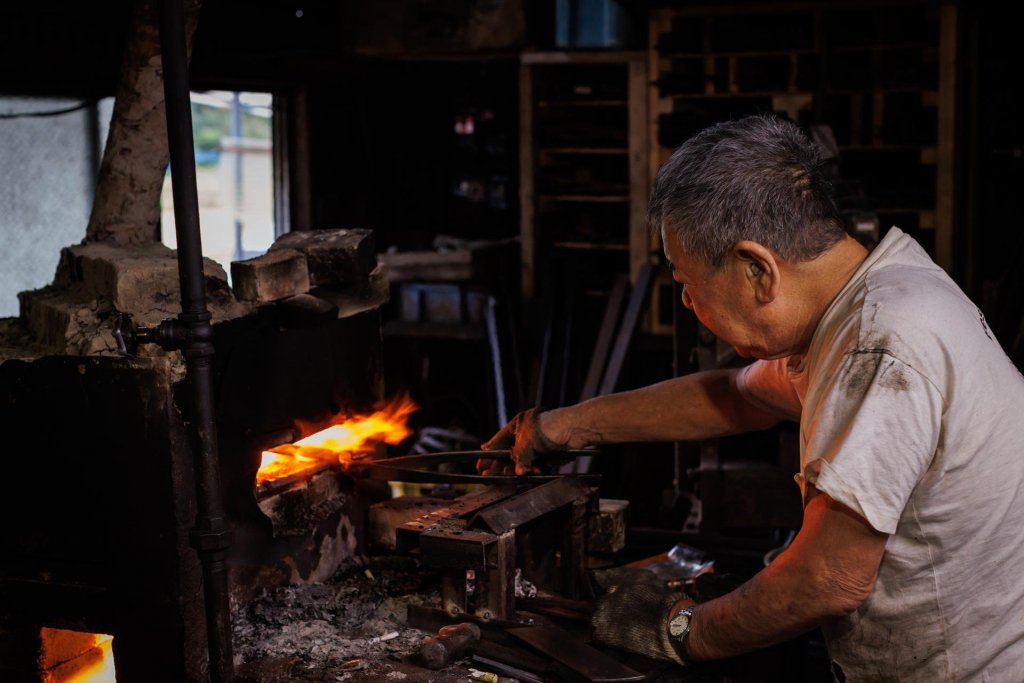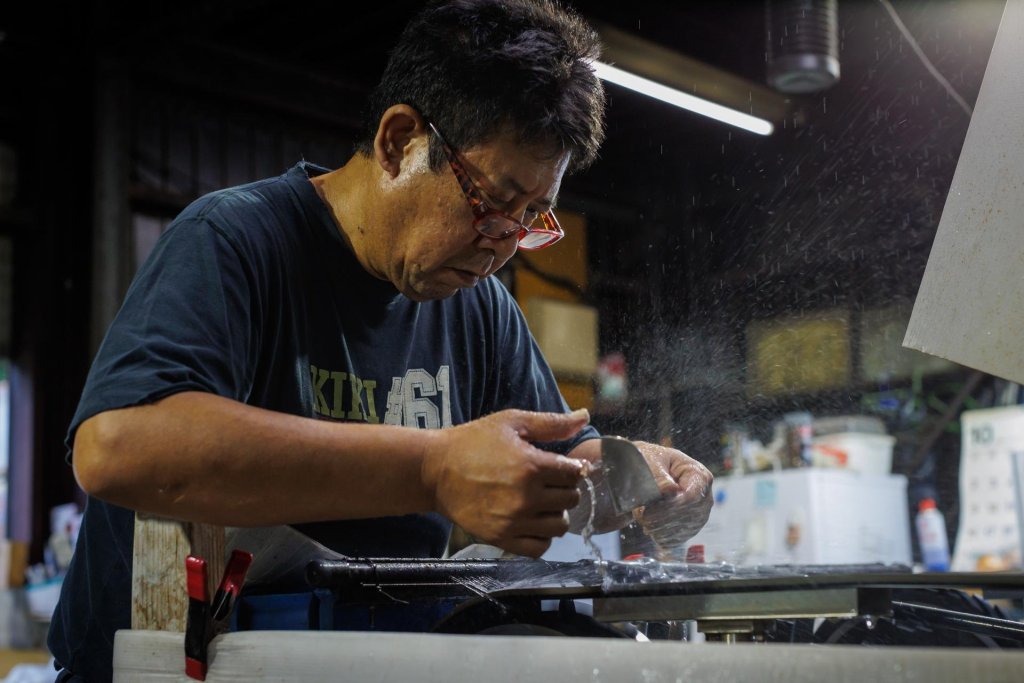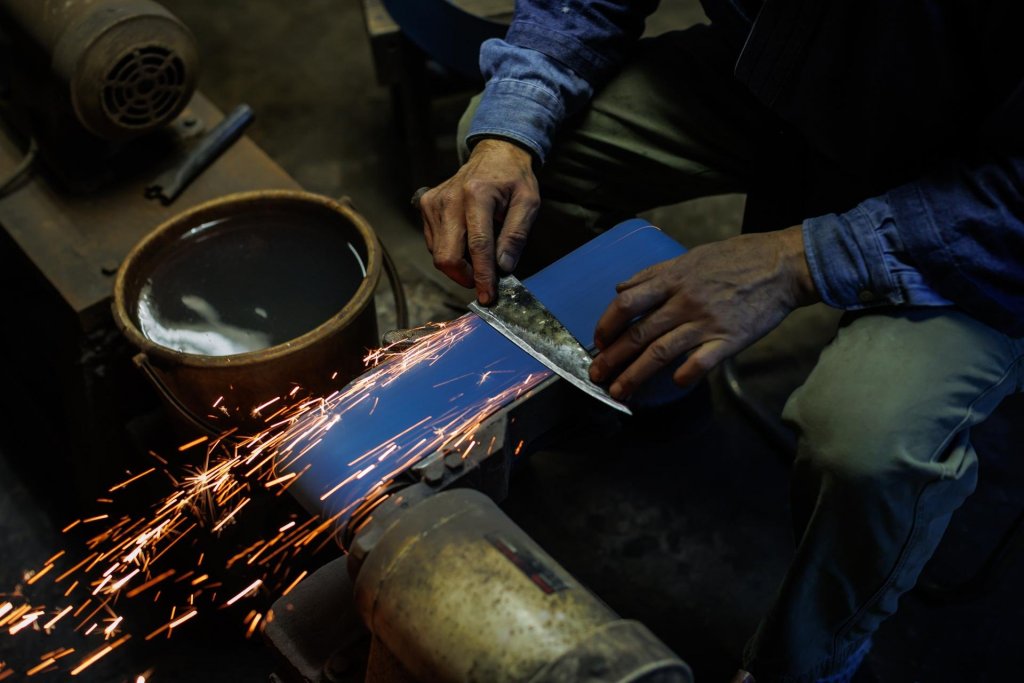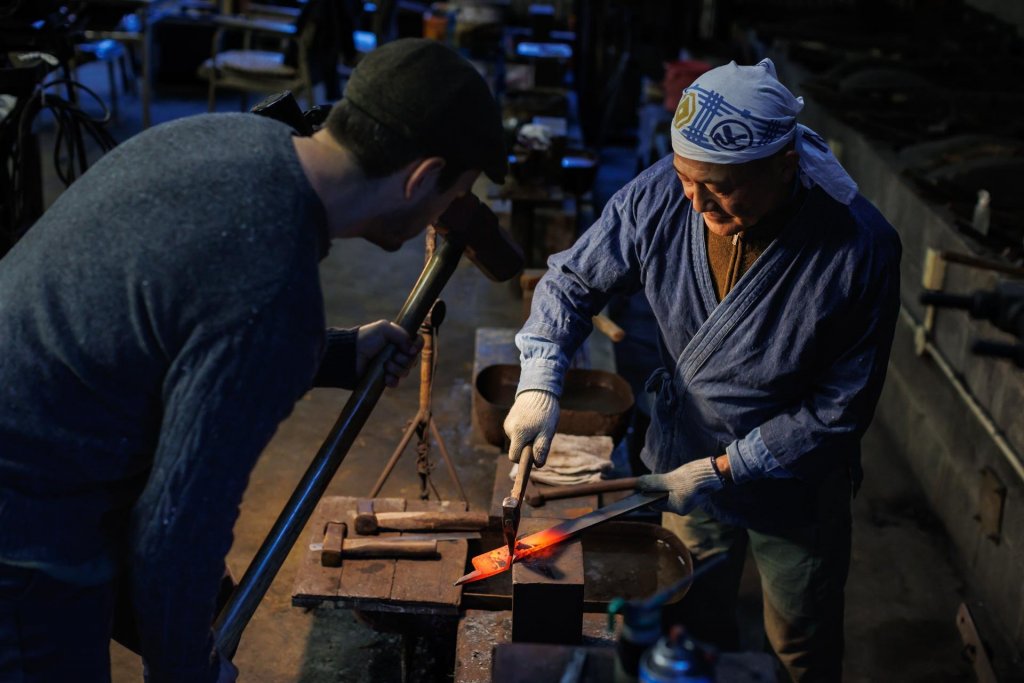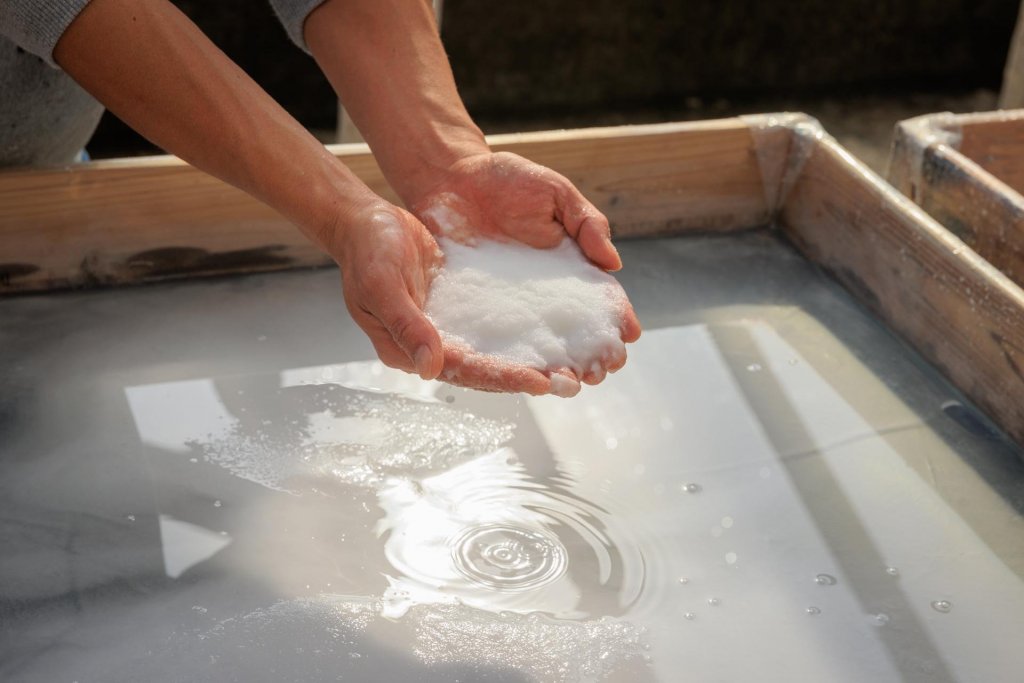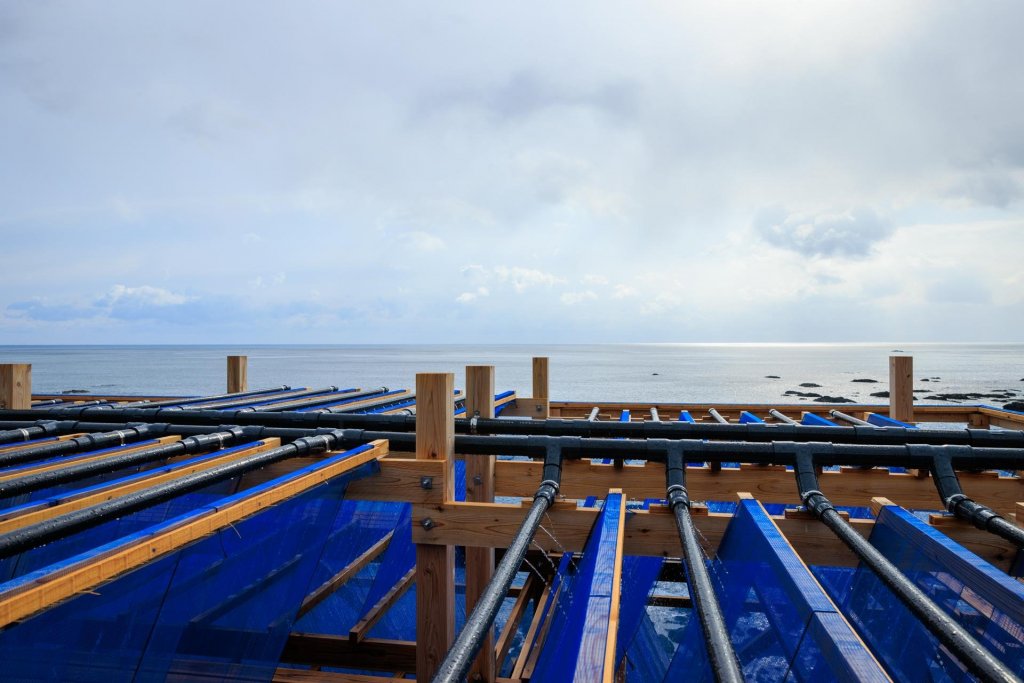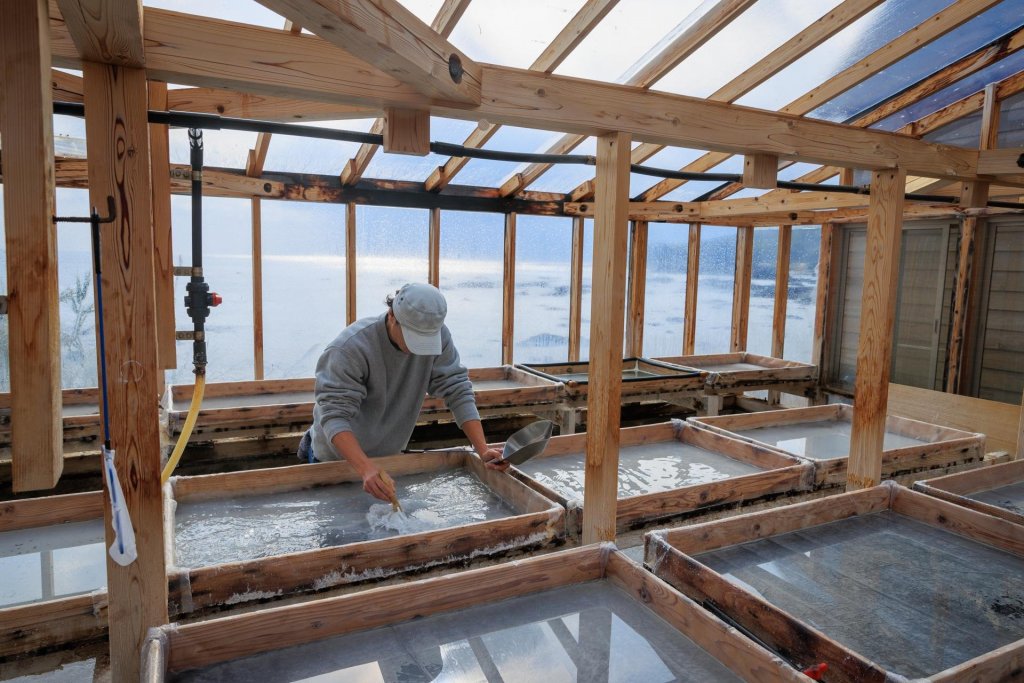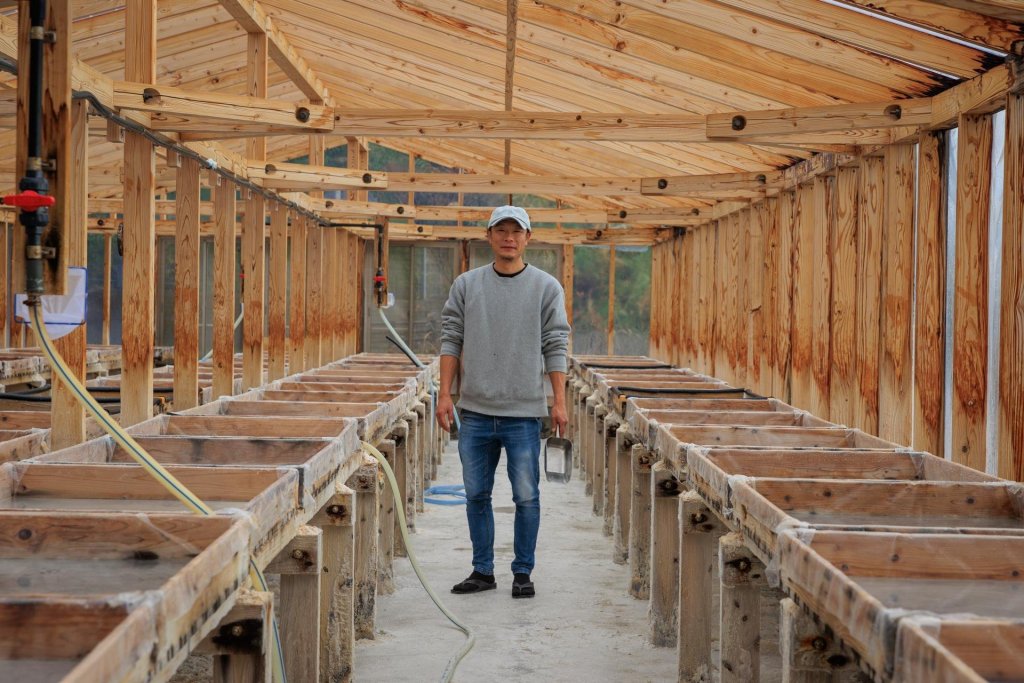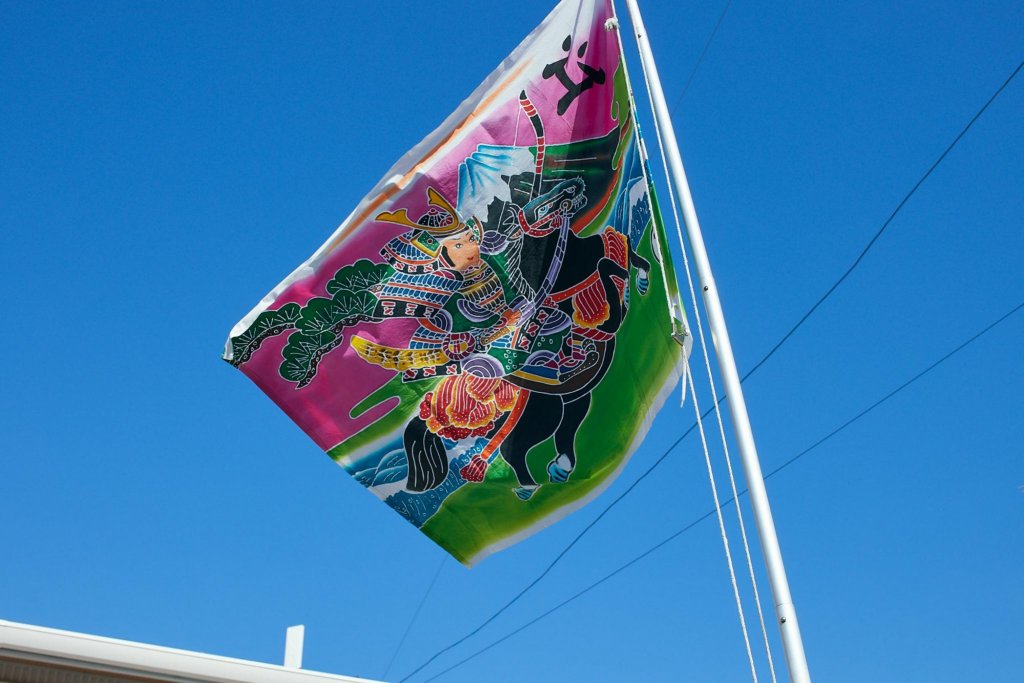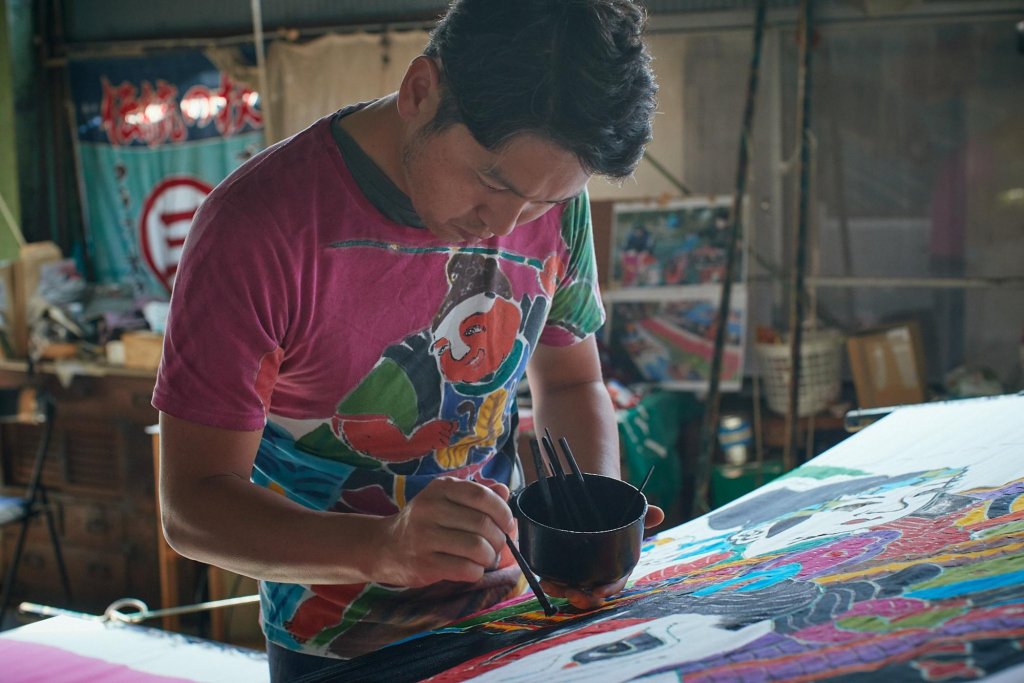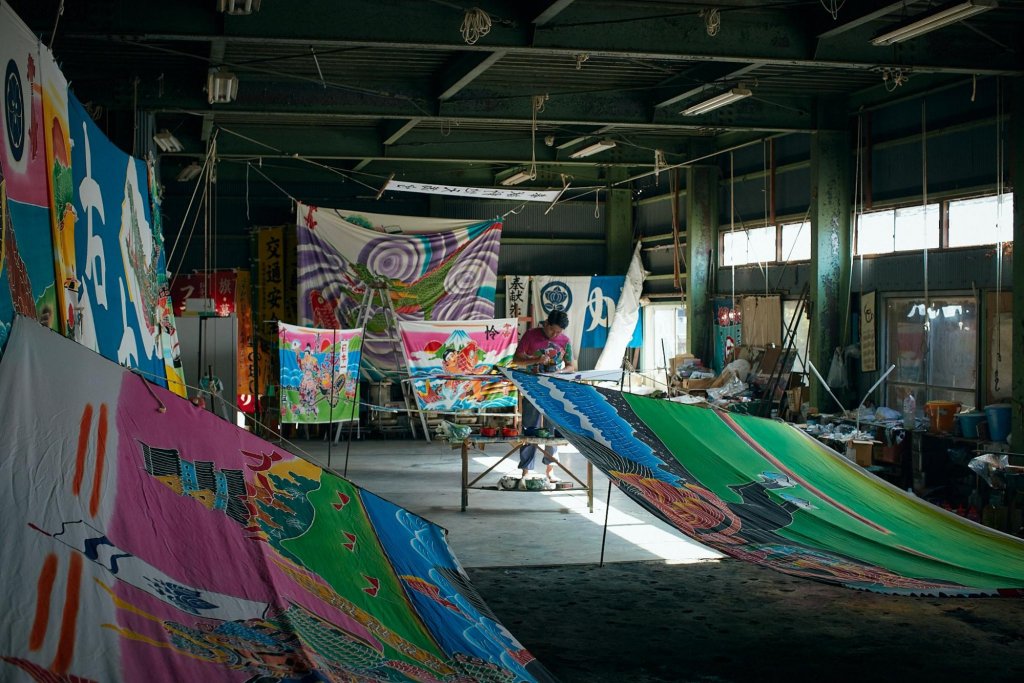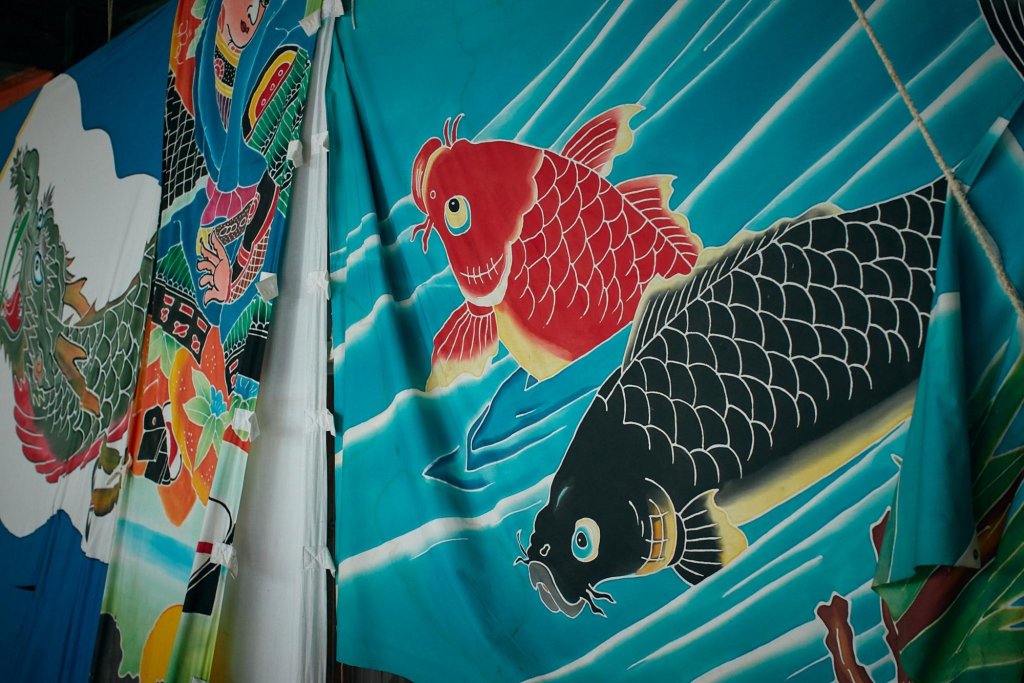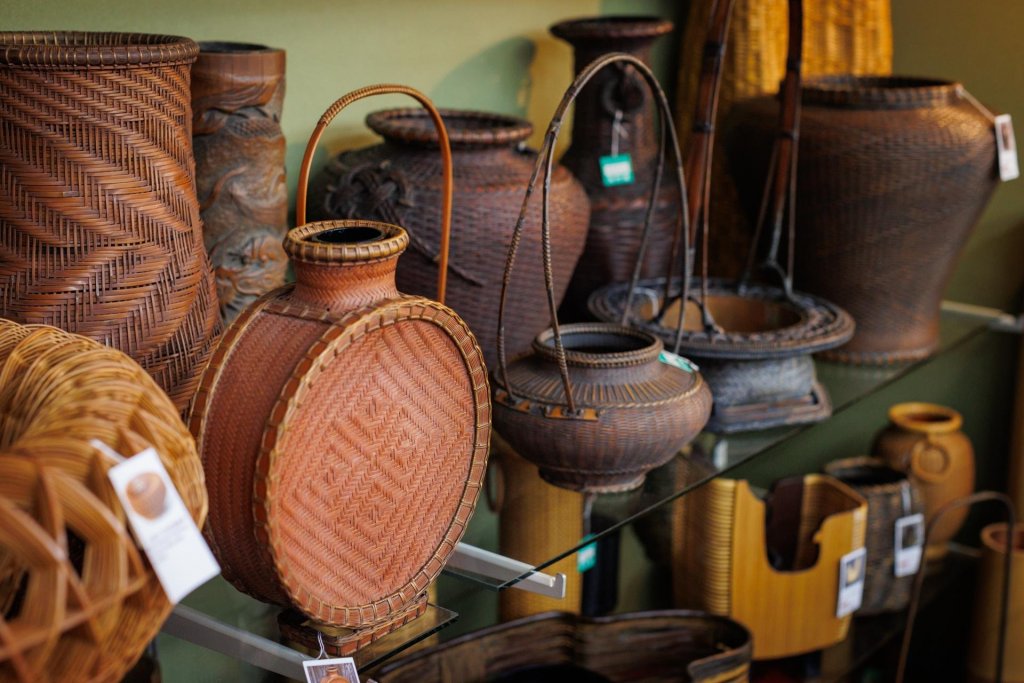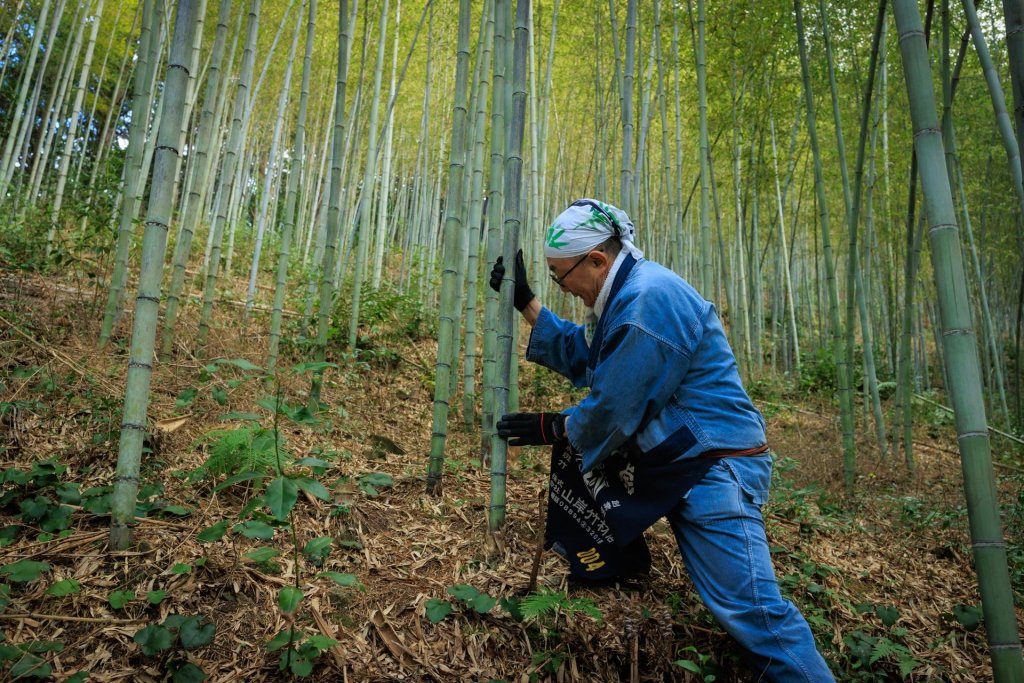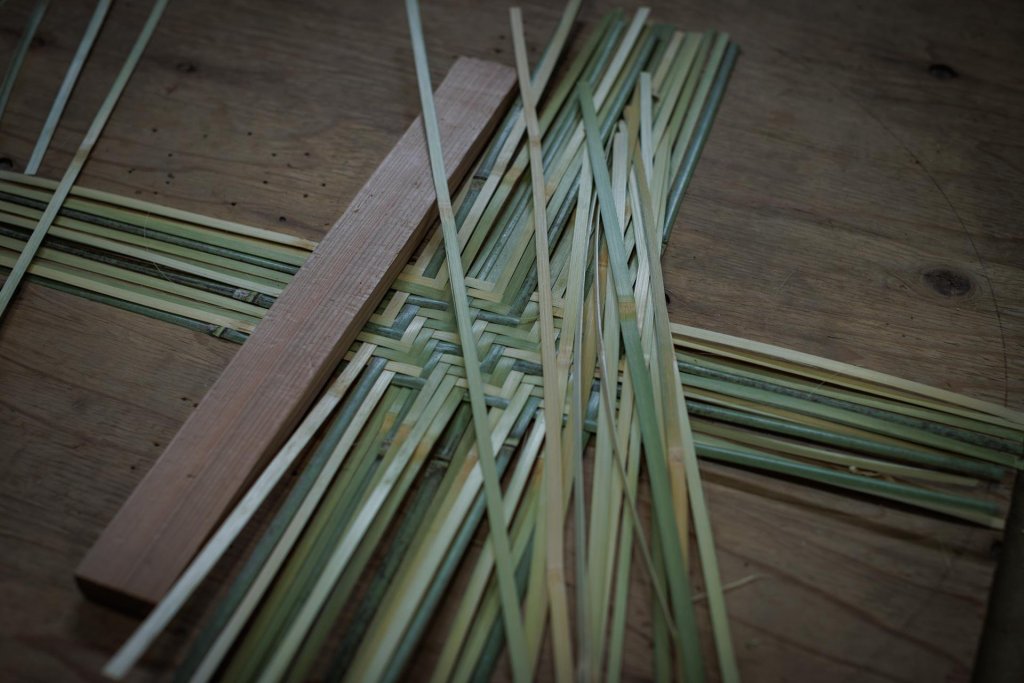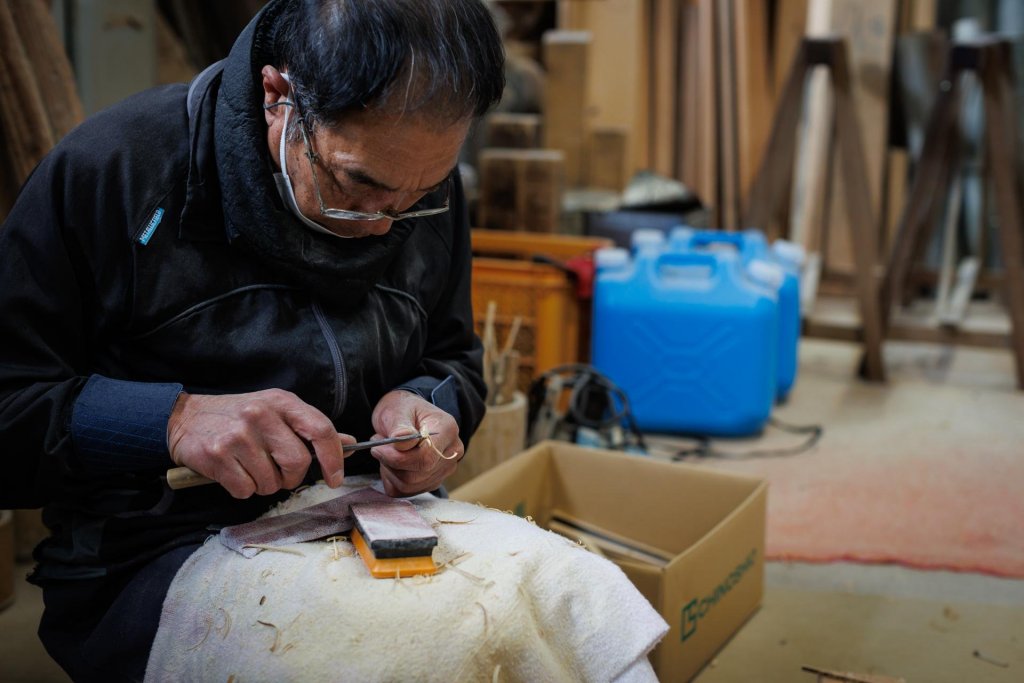Hands on Kochi
Kochi is blessed with abundant natural resources on both the land and in the sea. These resources have not only created an incredible culinary culture, but have provided materials that are the foundation of a long history of traditional craftsmanship. Throughout Kochi Prefecture, passionate people strive to continue these traditions and preserve them for the future.
In this article we introduce 5 traditional crafts and the people who are keeping them alive. A visit to these places and connecting with local craftspeople is always an inspiring experience and never fails to make you feel more closely connected to Kochi, its people and its culture.
In this article we introduce 5 traditional crafts and the people who are keeping them alive. A visit to these places and connecting with local craftspeople is always an inspiring experience and never fails to make you feel more closely connected to Kochi, its people and its culture.
Tosa Washi Papermaking
Traditional Japanese washi paper has a history that goes back over 1,000 years and Kochi’s Tosa Washi is regarded as one of the “Three Great Papermaking Regions of Japan” (the other two are along with that of Echizen Washi in present-day Fukui and Mino Washi in Gifu).
Kochi’s natural resources made it the perfect place for paper production. The region is blessed with a plentiful supply of kozo (paper mulberry), high-quality lime and river water of great purity, all essential for making high-quality washi. Innovative papermakers developed skills to use these materials to produce the thin but durable paper that the region became known for.
There are several places in Kochi where you can try making your own washi paper.
Ino-cho Paper Museum
The town of Ino, a short distance from the city of Kochi, can be said to have been built on washi papermaking and there are still many factories that produce paper products located here. As well as interesting displays that explain traditional washi production processes and history of papermaking in the town, the Ino-cho Paper Museum offers 1-hour washi paper making workshops. As long as you are in a group of up to 9 people, reservations are not required.
Click here for more details: Ino-cho Paper Museum
Tosa Washi Kogei Mura QRAUD
Tosa Washi Kogei Mura QRAUD is a Michi no Eki which offers a variety of traditional craft activities, including traditional washi paper making. Located on the famously clean Niyodo River, Tosa washi kogei mura QRAUD can be reached in about 20 minutes by car from Ino IC or, alternatively you can rent bicycles from Ino Town Tourist Association office to make the 8 km-journey.
Click here for more details: Tosa Washi Kogei Mura QRAUD
Washi Studio Kamikoya
Washi Studio Kamikoya in Yusuhara is the base of operations for Rogier Uitenboogaart, a Dutch-born washi artist. Rogier developed an interest in washi over 40 years ago and eventually, Rogier chose to settle and pursue his art in this tiny town of 3,500 people in the mountains of north-western Kochi Prefecture.
Rogier closely follows traditional production methods and grows his own kozo (paper mulberry) and mitsumata without the use of chemicals. Everything he uses comes from the earth and can be returned to the earth in an environmentally friendly way. Examples of Rogier’s work can be found in some of the impressive buildings in Yusuhara designed by Kengo Kuma and he has also collaborated with the world renowned architect on other projects outside of Kochi.
In an effort to expand awareness and interest in washi, Rogier and his family offer paper making workshops at Kamikoya. These are an amazing opportunity to not only immerse yourself in the tradition of washi paper making and the natural environment of Yusuhara, but also to experience, first-hand, the passion and love for washi of an artist who is as generous and friendly as he is talented.
Kamikoya offer overnight stays in their mountainside guest house which include a choice of 90- minute or 6-hour washi workshops. A stay at Kamikoya is the perfect way to enhance a visit to the charming town of Yusuhara.
Click here for more details: Washi Studio Kamikoya
Kochi’s natural resources made it the perfect place for paper production. The region is blessed with a plentiful supply of kozo (paper mulberry), high-quality lime and river water of great purity, all essential for making high-quality washi. Innovative papermakers developed skills to use these materials to produce the thin but durable paper that the region became known for.
There are several places in Kochi where you can try making your own washi paper.
Ino-cho Paper Museum
The town of Ino, a short distance from the city of Kochi, can be said to have been built on washi papermaking and there are still many factories that produce paper products located here. As well as interesting displays that explain traditional washi production processes and history of papermaking in the town, the Ino-cho Paper Museum offers 1-hour washi paper making workshops. As long as you are in a group of up to 9 people, reservations are not required.
Click here for more details: Ino-cho Paper Museum
Tosa Washi Kogei Mura QRAUD
Tosa Washi Kogei Mura QRAUD is a Michi no Eki which offers a variety of traditional craft activities, including traditional washi paper making. Located on the famously clean Niyodo River, Tosa washi kogei mura QRAUD can be reached in about 20 minutes by car from Ino IC or, alternatively you can rent bicycles from Ino Town Tourist Association office to make the 8 km-journey.
Click here for more details: Tosa Washi Kogei Mura QRAUD
Washi Studio Kamikoya
Washi Studio Kamikoya in Yusuhara is the base of operations for Rogier Uitenboogaart, a Dutch-born washi artist. Rogier developed an interest in washi over 40 years ago and eventually, Rogier chose to settle and pursue his art in this tiny town of 3,500 people in the mountains of north-western Kochi Prefecture.
Rogier closely follows traditional production methods and grows his own kozo (paper mulberry) and mitsumata without the use of chemicals. Everything he uses comes from the earth and can be returned to the earth in an environmentally friendly way. Examples of Rogier’s work can be found in some of the impressive buildings in Yusuhara designed by Kengo Kuma and he has also collaborated with the world renowned architect on other projects outside of Kochi.
In an effort to expand awareness and interest in washi, Rogier and his family offer paper making workshops at Kamikoya. These are an amazing opportunity to not only immerse yourself in the tradition of washi paper making and the natural environment of Yusuhara, but also to experience, first-hand, the passion and love for washi of an artist who is as generous and friendly as he is talented.
Kamikoya offer overnight stays in their mountainside guest house which include a choice of 90- minute or 6-hour washi workshops. A stay at Kamikoya is the perfect way to enhance a visit to the charming town of Yusuhara.
Click here for more details: Washi Studio Kamikoya
Tosa Forged Knife Making Experience
If you have ever visited Kochi’s weekly Sunday market held near Kochi Castle, you will have no doubt noticed among all the amazing food stalls some places displaying an impressive array of knives.
These handmade knives are called “Tosa Uchi-hamono,” created by hammering and flattening hot metal, and have been designated a national traditional craft. Originating from tools used in forestry and agriculture, they are both durable and sharp, making them highly sought after by professional chefs and home cooks alike.
Making your own knife under the guidance of master craftspeople is not only an unforgettable experience, you get to take home a wonderful souvenir which will remind you of your time in Kochi whenever you use it. Here are two places where you can get a taste of traditional metalworking in Kochi Prefecture.
Sakoda Hamono
Sakoda Hamono is a father and son forge in Susaki City that has specialized in crafting one-of-a-kind Tosa Uchi-hamono for 50 years. Tsuyoshi Sakodaand his father offer 6-hour workshops in which you can create your own one-of-kind Tosa Uchi-hamono all-purpose kitchen knife to take home.
Click here for more details: Sakoda Hamono
Kobo Kurogane
Kobo Kurogane is a small forge located on the banks of the beautiful Shimanto River that is run by Nobuya Hayashi. Kobo Kurogane specializes in making blades from “tamahagane” (traditional Japanese iron made from iron sand and from which the swords of the samurai were made) which has a characteristic slow-rusting, complex shimmer. Here, you can spend a day crafting a knife or, if you are interested in going deeper into traditional Japanese metalworking while spending time in the Shimanto River Valley, they also offer multi-day iron-making and forging experiences.
Click here for more details: Kobo Kurogane
These handmade knives are called “Tosa Uchi-hamono,” created by hammering and flattening hot metal, and have been designated a national traditional craft. Originating from tools used in forestry and agriculture, they are both durable and sharp, making them highly sought after by professional chefs and home cooks alike.
Making your own knife under the guidance of master craftspeople is not only an unforgettable experience, you get to take home a wonderful souvenir which will remind you of your time in Kochi whenever you use it. Here are two places where you can get a taste of traditional metalworking in Kochi Prefecture.
Sakoda Hamono
Sakoda Hamono is a father and son forge in Susaki City that has specialized in crafting one-of-a-kind Tosa Uchi-hamono for 50 years. Tsuyoshi Sakodaand his father offer 6-hour workshops in which you can create your own one-of-kind Tosa Uchi-hamono all-purpose kitchen knife to take home.
Click here for more details: Sakoda Hamono
Kobo Kurogane
Kobo Kurogane is a small forge located on the banks of the beautiful Shimanto River that is run by Nobuya Hayashi. Kobo Kurogane specializes in making blades from “tamahagane” (traditional Japanese iron made from iron sand and from which the swords of the samurai were made) which has a characteristic slow-rusting, complex shimmer. Here, you can spend a day crafting a knife or, if you are interested in going deeper into traditional Japanese metalworking while spending time in the Shimanto River Valley, they also offer multi-day iron-making and forging experiences.
Click here for more details: Kobo Kurogane
Sun-dried Salt Production
From the kitchen to the sumo ring, salt is an essential element in Japanese cuisine and culture. Lacking a supply of natural rock salt, however, since ancient times, Japan has turned to the sea for its salt. Ingenious and laborious traditional methods of salt production have generally relied upon boiling at some point in the process, due to high levels of rainfall and humidity making sun-dried salt production difficult.
Along Kochi’s Pacific coast (and even at one place in the mountains), however, small producers are indeed making use of the natural environment to produce completely sun-dried salt with a surprising variety of flavor profiles. Using water from the Pacific Ocean, these dedicated salt makers work in wood-framed greenhouses, opening and closing windows to adjust temperature and humidity depending on wind and weather.
Saltybe
One such place is Saltybe in Kuroshio Town. Run by the friendly Takumaru Yoshida, who took over the salt farm from his parents, by reservation, Saltybe welcomes members of the public into their greenhouses to learn about the art of making salt and experience it for themselves.
Click here for more details: Saltybe
Along Kochi’s Pacific coast (and even at one place in the mountains), however, small producers are indeed making use of the natural environment to produce completely sun-dried salt with a surprising variety of flavor profiles. Using water from the Pacific Ocean, these dedicated salt makers work in wood-framed greenhouses, opening and closing windows to adjust temperature and humidity depending on wind and weather.
Saltybe
One such place is Saltybe in Kuroshio Town. Run by the friendly Takumaru Yoshida, who took over the salt farm from his parents, by reservation, Saltybe welcomes members of the public into their greenhouses to learn about the art of making salt and experience it for themselves.
Click here for more details: Saltybe
Furafu Flags
The sight of brightly colored ”koi nobori” carp streamers flying in the breeze is a common sight across the Japanese countryside in the run up to the Children’s Day (Boys’ Day) holiday at the beginning of May. Across Kochi Prefecture, however, huge flags that are just as, if not more, colorful, fly alongside the koi nobori streamers. Known as “furafu” (a word that is said to have come from the English and Dutch words for flag) these flags that feature heroes of Japanese history and folklore are said to have been influenced by the fishermans’ flags that can be seen in Kochi’s fishing towns.
There are several furafu producers clustered together in Kami near Tosa-Yamada Station. The painting and dying of the flags is a highly skilled job each flag can take up to 6 weeks to complete. The designs are first sketched with glue made from glutinous rice flour that prevents dye and pigments from mixing, applied with a kind of tube that looks like an icing pipe. Then, the colors are added with a brush, and, finally, the glue is removed by washing the cloth in the clean waters of the nearby Monobe River.
One of these workshops, Mitani Somemono, has been producing Furafu for around 120 years, with its 4th generation head Yasukiyo Mitani having recently picked up the baton from his father. As well as the traditional furafu that can be around 6 meters in width, Mitani-san is expanding the range of products they produce. Among them are mini-furafu more suited to smaller modern homes, tote-bags and even T-shirts. Another sign of the evolution of furafu culture is the addition of modern elements to even the large designs, some featuring traditional heroes riding motorcycles or surfing!
Mitani Somemono is very busy between January and May when they are creating new furafu and repairing old ones to be ready for the spring, but the rest of the year they welcome visitors to their shop and workshop. Here you can see both finished works and works in progress as well as try your hand at part of the painting process.
●Mitani Somemono (Marusan Mitani Some Kojo)
Address:1504-8 Kuzume, Tosa Yamada, Kami City, Kochi Prefecture
Workshops:
・Furafu dyeing(participants work on part of a larger furafu, so it is not possible to take home with you)
・Tengui cotton towel dyeing(to take home)
Price:Subject to negotiation
No of participants:From 4 people to about 40 people
Reservations:By telephone(Japanese only) ※Please reserve at least 1 week in advance
Contact:Telephone 0887-53-2327
Opening hours:9:30 - 18:00
Closed :Irregular holidays
Website:https://www.marusanzome.com
Access:
8 minutes by car from Tosa Yamada Station (Dosan Line)
20 minutes by car from Nangoku IC on Kochi Expressway
There are several furafu producers clustered together in Kami near Tosa-Yamada Station. The painting and dying of the flags is a highly skilled job each flag can take up to 6 weeks to complete. The designs are first sketched with glue made from glutinous rice flour that prevents dye and pigments from mixing, applied with a kind of tube that looks like an icing pipe. Then, the colors are added with a brush, and, finally, the glue is removed by washing the cloth in the clean waters of the nearby Monobe River.
One of these workshops, Mitani Somemono, has been producing Furafu for around 120 years, with its 4th generation head Yasukiyo Mitani having recently picked up the baton from his father. As well as the traditional furafu that can be around 6 meters in width, Mitani-san is expanding the range of products they produce. Among them are mini-furafu more suited to smaller modern homes, tote-bags and even T-shirts. Another sign of the evolution of furafu culture is the addition of modern elements to even the large designs, some featuring traditional heroes riding motorcycles or surfing!
Mitani Somemono is very busy between January and May when they are creating new furafu and repairing old ones to be ready for the spring, but the rest of the year they welcome visitors to their shop and workshop. Here you can see both finished works and works in progress as well as try your hand at part of the painting process.
●Mitani Somemono (Marusan Mitani Some Kojo)
Address:1504-8 Kuzume, Tosa Yamada, Kami City, Kochi Prefecture
Workshops:
・Furafu dyeing(participants work on part of a larger furafu, so it is not possible to take home with you)
・Tengui cotton towel dyeing(to take home)
Price:Subject to negotiation
No of participants:From 4 people to about 40 people
Reservations:By telephone(Japanese only) ※Please reserve at least 1 week in advance
Contact:Telephone 0887-53-2327
Opening hours:9:30 - 18:00
Closed :Irregular holidays
Website:https://www.marusanzome.com
Access:
8 minutes by car from Tosa Yamada Station (Dosan Line)
20 minutes by car from Nangoku IC on Kochi Expressway
Takezaiku Bamboo Crafts
Although Japan is famous for its “shokunin” (craftsman) culture, many traditional industries face multiple challenges. These include a lack of workers, declining interest in taking over craft and difficulty in sourcing specialized tools that are also made by craftsmen facing the same challenges.
Here in Kochi, a case in point is the beautiful art of bamboo crafts in Kuroshio Town. Despite a history of 200 years, today, there remains only one bamboo craftsman in the town. At the age of 89, Nobuo Okumoto is still making and selling his products, but it is sad to think he may be the end of this long local tradition.
Up the coast in the small village of Awa, near Susaki, a more hopeful story is being told. The village is home to a unique type of bamboo called torafudake or toratake (tiger bamboo) that cannot be found anywhere in the world other than along a 1.5km strip of steep mountainside in Awa.
Yoshihiro Yamagishi is the 4th generation president of Taketora which has been making all kinds of products from this “miracle bamboo” which has a unique mottled pattern akin to a tiger’s spots (hence the name) since 1894.
Although you may not be able to work with the bamboo itself, the Taketora store, which is attached to the factory and headquarters, is well worth visiting. On sale are a wide variety of bamboo products, including cutlery, vases, accessories, slippers. You may even catch sight of the Yamagishi’s fully-functioning electric car, also made of bamboo!
Read more about Taketora here: https://www.taketora.co.jp/c/special/english
●"TAKETORA" Yamagishi Bamboo Co.
Address:913-1 Awa, Susaki City, Kochi Prefecture
Telephone:0889-42-3201
Opening hours:9:00 - 17:30
Closed:Saturday and Sundays
Access:
55 minutes by car from Kochi Ryoma Airport
5 minutes by car from Susaki-nishi IC
10 minutes by car from JR Susaki Station
5 minutes walk from JR Awa Station
Here in Kochi, a case in point is the beautiful art of bamboo crafts in Kuroshio Town. Despite a history of 200 years, today, there remains only one bamboo craftsman in the town. At the age of 89, Nobuo Okumoto is still making and selling his products, but it is sad to think he may be the end of this long local tradition.
Up the coast in the small village of Awa, near Susaki, a more hopeful story is being told. The village is home to a unique type of bamboo called torafudake or toratake (tiger bamboo) that cannot be found anywhere in the world other than along a 1.5km strip of steep mountainside in Awa.
Yoshihiro Yamagishi is the 4th generation president of Taketora which has been making all kinds of products from this “miracle bamboo” which has a unique mottled pattern akin to a tiger’s spots (hence the name) since 1894.
Although you may not be able to work with the bamboo itself, the Taketora store, which is attached to the factory and headquarters, is well worth visiting. On sale are a wide variety of bamboo products, including cutlery, vases, accessories, slippers. You may even catch sight of the Yamagishi’s fully-functioning electric car, also made of bamboo!
Read more about Taketora here: https://www.taketora.co.jp/c/special/english
●"TAKETORA" Yamagishi Bamboo Co.
Address:913-1 Awa, Susaki City, Kochi Prefecture
Telephone:0889-42-3201
Opening hours:9:00 - 17:30
Closed:Saturday and Sundays
Access:
55 minutes by car from Kochi Ryoma Airport
5 minutes by car from Susaki-nishi IC
10 minutes by car from JR Susaki Station
5 minutes walk from JR Awa Station
